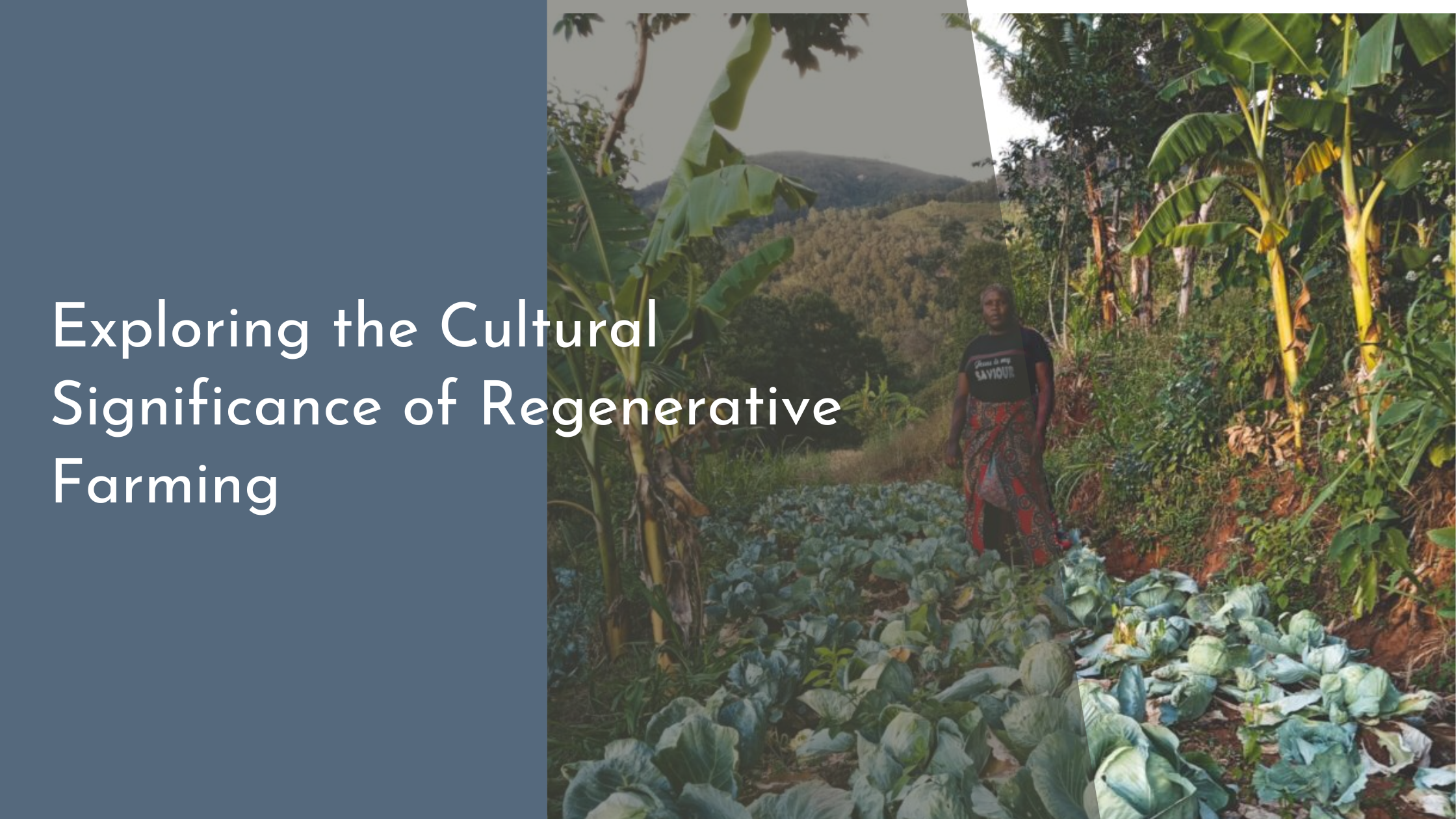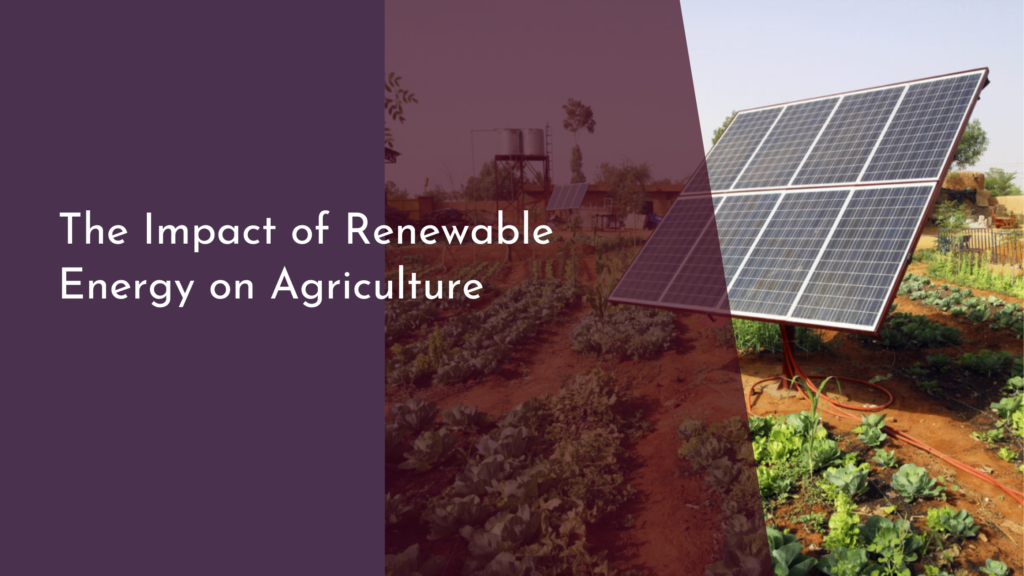Exploring the Cultural Significance of Regenerative Farming
Regenerative farming is rapidly gaining attention as a sustainable alternative to conventional agricultural practices. While its benefits to the environment are often highlighted, the cultural significance of regenerative farming is equally important. This approach to agriculture not only revitalizes the land but also reconnects us with traditional farming methods, aligns with modern sustainability goals, and could potentially reshape our cultural landscape. Let’s delve into how regenerative farming is transforming agriculture and reviving cultural practices worldwide.
Understanding Regenerative Farming Practices
Regenerative farming is a holistic land management practice that focuses on revitalizing soil health, enhancing biodiversity, and increasing resilience to climate change. Unlike conventional farming, which often relies heavily on chemical inputs and monocultures, regenerative methods prioritize organic matter restoration, crop diversification, and ecosystem balance. Techniques such as cover cropping, no-till farming, and rotational grazing are common in regenerative systems, helping to restore and maintain healthy soil.
At its core, regenerative farming is about nurturing the land so that it can sustain future generations. By focusing on soil health and biodiversity, these practices not only yield more nutritious produce but also create healthier ecosystems. Farmers adopting regenerative practices often report improved crop yields and resilience to extreme weather events, demonstrating that this ancient approach can provide innovative solutions to modern agricultural challenges.
The Environmental Impact of Regenerative Techniques
The environmental benefits of regenerative farming are profound and far-reaching. By enhancing soil health, regenerative practices can significantly reduce soil erosion and increase water retention, which are crucial for maintaining productive agricultural lands. The increased organic matter in the soil acts like a sponge, trapping water and reducing runoff, which helps to prevent floods and combat droughts.
Moreover, regenerative farming plays a critical role in mitigating climate change by sequestering carbon in the soil. Healthy, carbon-rich soil can capture carbon dioxide from the atmosphere, reducing greenhouse gases and helping to reverse climate change. This unique capability makes regenerative farming a powerful tool not only for producing food sustainably but also for restoring the planet’s ecological balance.
Bridging Tradition and Modernity in Agriculture
One of the most remarkable cultural aspects of regenerative farming is its ability to bridge traditional wisdom with modern innovation. Many regenerative practices draw from indigenous and ancient farming techniques that have been practiced for centuries. These time-tested methods are integrated with contemporary scientific research to create a robust framework for sustainable farming.
Regenerative agriculture also offers an opportunity to reconnect with cultural heritage and identity. As communities around the world rediscover ancestral farming techniques, there is a renewed appreciation for the cultural knowledge and practices that have sustained societies over generations. This blend of old and new creates a rich tapestry of agricultural practice that honors the past while looking toward a sustainable future.
The Future: Regenerative Farming’s Cultural Revival
Looking ahead, regenerative farming is poised to become a cultural movement that transcends agriculture. As more people recognize the interconnectedness of healthy food systems and healthy communities, regenerative farming practices are inspiring new ways to think about food, culture, and the environment. This cultural revival is reflected in the growing interest in local food systems, farmers’ markets, and community-supported agriculture programs.
Regenerative farming also has the potential to shape cultural narratives about our relationship with the earth. By focusing on collaboration with nature rather than domination over it, regenerative practices encourage a shift in mindset toward stewardship and sustainability. This cultural shift can lead to more harmonious and sustainable ways of living, fostering a deeper connection between people and the planet.
As regenerative farming gains momentum, its cultural significance becomes increasingly apparent. By drawing on traditional practices and modern innovations, regenerative agriculture revitalizes not only the land but also the communities that depend on it. As we move forward, embracing regenerative farming practices can help create a sustainable future where cultural heritage and ecological health thrive hand in hand. This agricultural renaissance offers hope and inspiration for a world where people and nature coexist harmoniously.



